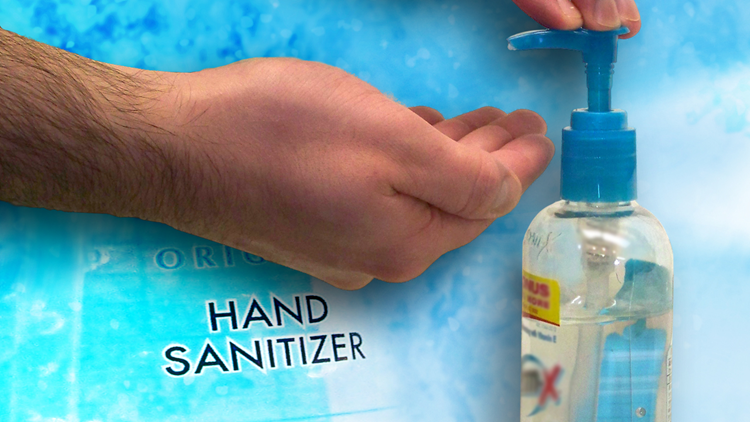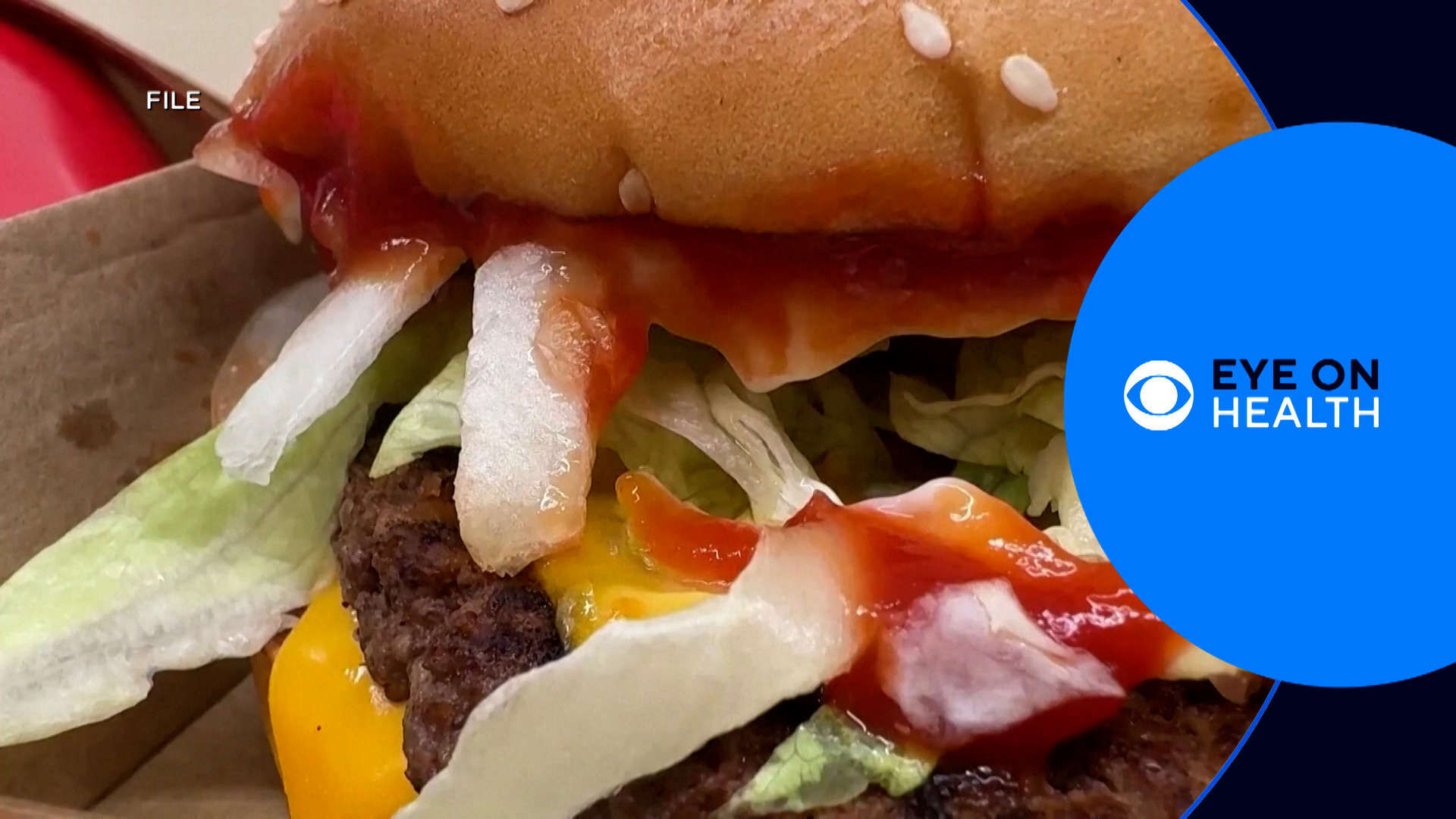CBS -- Hand sanitizer is flying off store shelves in the U.S. as individuals and businesses stock up on supplies to protect them against coronavirus infection.
Public health experts advise that cleaning your hands with either soap and water, or an alcohol-based solution, is one of the best ways to avoid infection — guidance the public appears to be heeding. Consumer demand for hand sanitizers has soared 1,400% in recent weeks, according to retail industry data. Some sellers are limiting the number of containers customers can buy per visit, while others are jacking up their prices in stores and online.
Thankfully, experts have a feasible solution for consumers who can't find the personal disinfectant in stores: Make your own.
"Homemade hand sanitizers are just as effective as what you buy as long as you use the right percentage of alcohol," CBS News contributor Dr. David Agus told CBS MoneyWatch. "This is a good way to get around people price-gouging for Purell."
Do-it-yourself sanitizers must contain at least 60% alcohol, by volume, to work, Dr. Agus said. Isopropyl alcohol (better known as rubbing alcohol) or ethanol are both suitable varieties, experts told CBS MoneyWatch.
"If you make it well, it's about as effective as using soap and water," said Dr. Stephen Morse, a professor of epidemiology at Columbia University in New York. "We know it works — just make sure it has enough alcohol in it."
Adding aloe vera will also make it easier to apply to the skin and add thickness. And stirring in a few drops of an essential oil, such as lavender, will give the mixture a pleasing fragrance — so users don't smell like rubbing alcohol around the home or office.
Here's a list of required ingredients to make your own hand sanitizer:
- 2/3 cup of rubbing alcohol
- 1/3 cup aloe vera gel
- Mixing bowl
- Spoon
- Funnel
- Two-ounce spray bottle or liquid soap container
- Masking tape and pen or marker for labeling the container (or adhesive labels)
Directions: Pour the alcohol and aloe vera in a bowl and stir until blended. Use the funnel to pour the eight ounce mixture into containers, then affix the strips of marked masking tape (or adhesive labels) to identify the bottles' contents.
To read the full CBS News article, click here.



